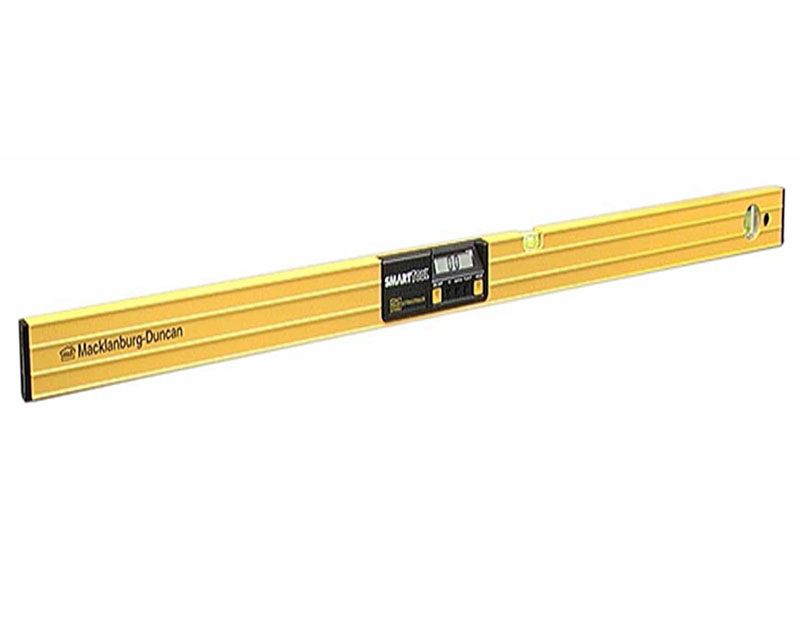

This step includes the intervention's evaluation through CSA lens and degree of intentionality. This step leads to a proposed set of relevant indicators that can be used and their closeness of fit to inform the design and M&E plan of future interventions. Step 2: Selection of intended scale of action (Household/farm, subnational, national) and indicator's type based on the current stage of the intervention The main objective is to enable users to more systematically check for potential co-benefits and/or unintended outcomes (in more than one pillar), and thus properly identify appropriate indicators and metrics for its M&E. A traffic light system allows to specify the degree of intentionality desired (red: not at all, amber: indirectly and green: directly). The user is invited to respond to specific questions related to the three CSA pillars. Step 1: Definition of scope and intentionality of desired outcomes Supported by a database of over 378 indicators with CSA-related indicators gathered from several international development agencies/ institutions (FAO, DFID, GIZ, IFAD-ASAP, World Bank, USAID and CCAFS), this tool will facilitate the delivery of not only productivity outcomes, but also positively tracking adaptation and mitigation impacts.
Smart tool how to#
increase awareness on how to ‘make’ their future interventions' planning process climate-smart.strengthen the planning phase of interventions to ensure that all potential CSA related outcomes (beyond productivity/income pillar) are properly included in the monitoring and evaluation (M&E) design and.provide visibility to CSA impact areas not originally targeted or focused by the intervention.support the identification and selection of an appropriate set of indicators to measure and track CSA outcomes.īy going through this CSA programming process, donors and implementers can:.compare the scope and CSA intentionality among different project designs and.examine through the three dimensional lenses (productivity/income, adaptation and mitigation) to what extent its current intervention addresses each CSA pillars, or which might be the potential climate-smartness of a planned intervention.The CSA Planning and Indicator Tool guides the user through a thoughtful and transparent process to: In the context of a collaboration with USAID Feed the Future, the CSA Programming and Indicator Tool has been designed to contribute to address both the need of good instruments for programming, and better metrics for tracking outcomes and impact, and to allow multiple development agencies and agricultural focused programs to share a common framework on how they are currently addressing climate-smart agriculture (CSA), and how they can make their future programming process more climate-smart.

The CSA Programming and Indicator Tool has been designed to contribute to address both the need of good instruments for programming, and better metrics for tracking outcomes and impact, and to allow multiple development agencies and agricultural focused programs to share a common framework on how they are currently addressing climate-smart agriculture (CSA), and how they can make their future programming process more climate-smart.ĭownload the tool and the companion document


Ex-ante evaluation and priority setting for climate-smart options.


 0 kommentar(er)
0 kommentar(er)
